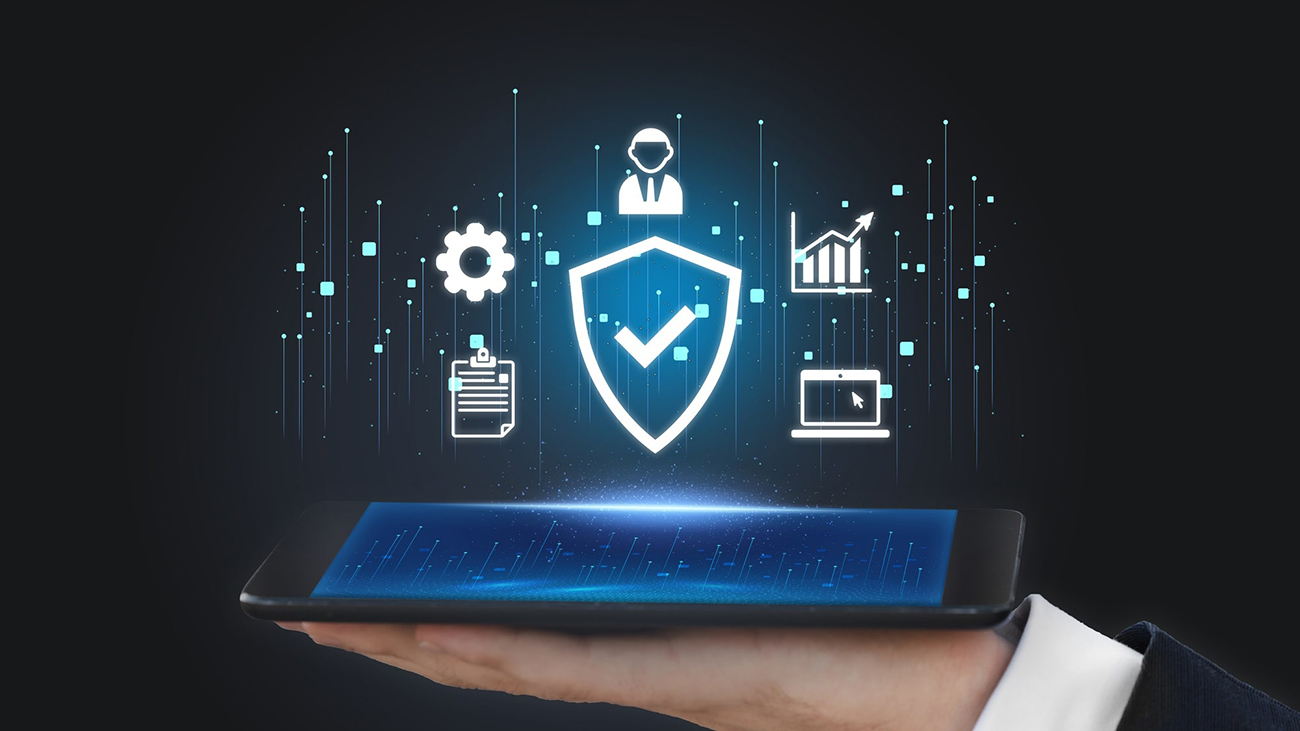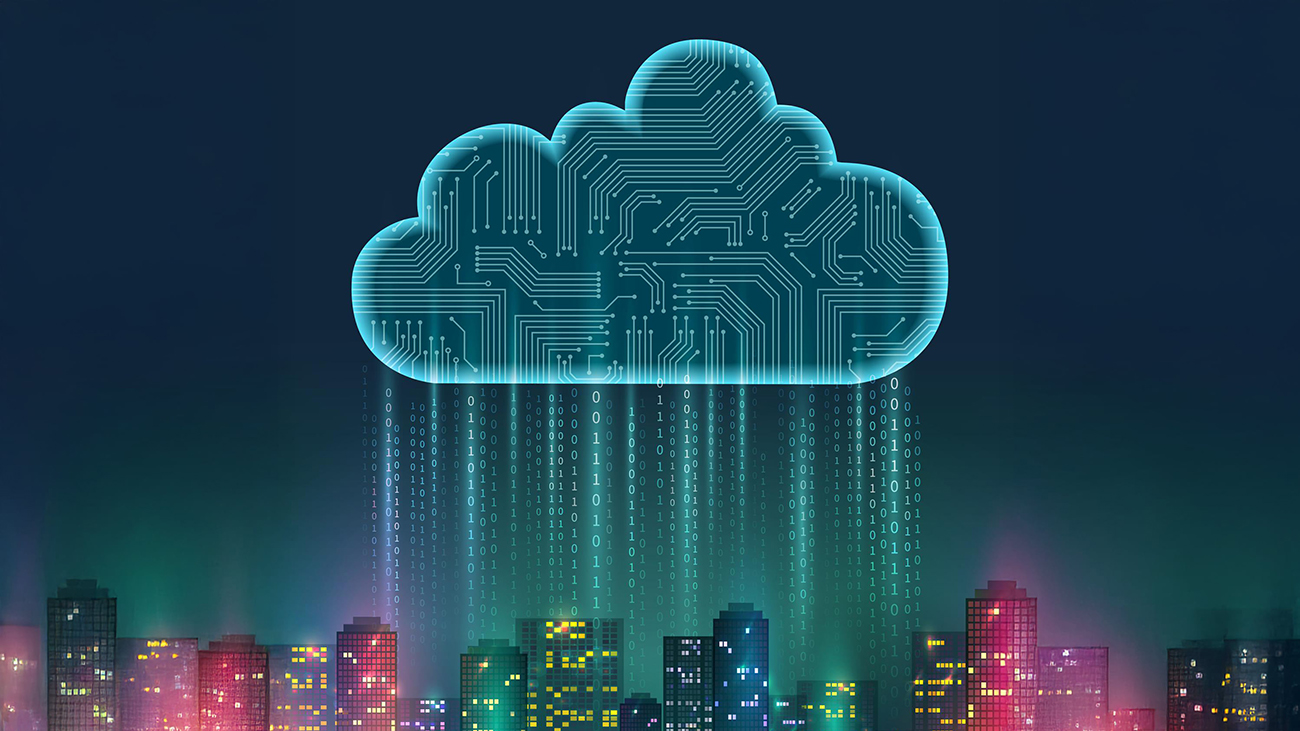In an AI-driven digital world, businesses relying on outdated legacy systems face an uphill battle. Whether it’s scalability challenges, security risks, or AI-integration roadblocks, legacy infrastructures hinder innovation, agility, and cost-efficiency.
Companies that fail to replatform and modernize risk falling behind their competitors—while those that take a proactive approach unlock new opportunities for automation, cloud efficiencies, and AI-powered intelligence.
But Here’s the Challenge
Modernization and replatforming can be complex and risky. System downtime, integration failures, cost overruns, and stakeholder resistance are just a few hurdles that organizations must navigate.
So, how can businesses successfully replatform and modernize their technology stack while minimizing risks and maximizing returns?
The answer lies in a structured, Human-centric, Data-driven, AI-assisted, GenAI-based agents assisted and security-first approach—one that ensures business continuity, cost efficiency, competitiveness and long-term technological resilience.
Below, we present the ultimate 9-step modernization framework that industry leaders are using to future-proof their enterprises.
1. Assessment & Strategy: Laying the Foundation
Why It Matters
Jumping into modernization without a clear strategy leads to wasted time, budget overruns, and security risks. Hence, evaluating existing systems, identifying bottlenecks, and developing a strategic modernization roadmap is the first thing one must do.
Key Actions
- Conduct a full system audit (architecture, code, security, performance, data dependencies).
- Identify bottlenecks, inefficiencies, and security gaps in current systems.
- Engage business & IT stakeholders to align on goals and priorities.
- Assess AI & automation potential to enhance long-term innovation.
- Define phased implementation milestones to minimize risk.
- Estimate Total Cost of Ownership (TCO), ROI, and AI-readiness potential.
- Set clear goals & KPIs with a phased roadmap for execution.

Recommendations
- Use AI-powered dependency mapping & technical debt analysis for deeper insights.
- Apply FinOps principles to forecast and optimize cloud costs before migration.
- Align stakeholders across IT, business, and leadership.
2. AI-Assisted Code Refactoring: Transforming Legacy Code Efficiently
Why It Matters
Manual code refactoring is slow, error-prone, and resource-intensive. Replatforming is a great opportunity to improve code quality, maintainability, and scalability by automating modernization efforts.
Key Actions
- Use AI-powered code scanning to detect inefficiencies, redundancies, and vulnerabilities.
- Automate code restructuring & documentation generation to streamline refactoring and to preserve critical business logic.
- Implement domain-driven design (DDD) to transition monoliths to microservices-based modularity.
- Migrate business logic to containerized, API-driven architectures.
- Automate test coverage validation to ensure system integrity.

Recommendations
- Apply the Strangler Fig Pattern to gradually replace legacy components.
- Use Co-pilots like TAP to improve test script generation and automate test coverage validation to ensure system integrity after refactoring.
3. Architecture Redesign: Enabling Scalability & AI Readiness
Why It Matters
Outdated architectures limit agility, AI adoption, and cloud efficiency. So, transitioning to scalable, secure, and cloud-native architectures for long-term adaptability is an important step towards scalability and AI-readiness.
Key Actions
- Transition from monolithic to microservices, serverless, or event-driven architectures.
- Implement API-first, modular designs to enable future integrations.
- Ensure multi-cloud and hybrid-cloud compatibility to avoid vendor lock-in.
- Design for AI-readiness by incorporating MLOps, real-time analytics, and AI-driven automation.

Recommendations
- Use Kubernetes & service mesh (Istio, Linkerd) for microservices governance.
- Adopt GraphQL, REST, or gRPC for efficient API communication.
4. Security & Compliance: Embedding Trust by Design
Why It Matters
Modernization introduces new security vulnerabilities. Hence ensuring zero-trust security, regulatory compliances, responsible AI considerations and AI-powered threat detection is becoming critical for continued innovation.
Key Actions
- Implement Zero-Trust Architecture (ZTA) with strict identity & access controls.
- Automate security scans, compliance checks, and penetration testing in the overall CI/CD Pipeline.
- Deploy AI-driven threat detection & real-time anomaly monitoring.
- Integrate AI-driven security analytics for real-time threat detection.
- Ensure compliance with GDPR, HIPAA, PCI DSS, SOC 2, and ISO 27001.

Recommendations
- Enforce end-to-end encryption (TLS, AES-256) for data security.
- Implement API security measures (OAuth, JWT, rate limiting, WAFs).
5. Cloud Migration & Optimization: Enabling Cost-Efficient Scalability
Why It Matters
Businesses that fail to optimize cloud migration overpay by 30%+ on infrastructure costs. So seamlessly migrating workloads while ensuring cost optimization, performance, and high availability is important for ROI realization.
Key Actions
- Select AWS, Azure, GCP, or a hybrid-cloud strategy based on business needs.
- Optimize workloads with serverless computing, Kubernetes, and auto-scaling policies.
- Implement cloud FinOps to monitor and control spending and prevent cost overruns.
- Use AI-powered auto-scaling & resource allocation for efficiency.

Recommendations
- Use Infrastructure as Code (Terraform, Pulumi) for repeatable deployments.
- Enable multi-region disaster recovery & failover strategies.
6. Testing & Quality Assurance: Ensuring Zero Downtime & Reliability
Why It Matters
Poor testing leads to post-modernization failures, outages, and security risks. Guaranteeing seamless functionality, security, and performance through automation-first testing brings in early confidence in the modernization.
Key Actions
- Deploy AI-driven automated testing for functional, security, and performance testing.
- Implement shift-left testing to detect and fix issues early in development.
- Conduct failover simulations & rollback testing to prepare for contingencies.

Recommendations
- Use Infrastructure as Code (Terraform, Pulumi) for repeatable deployments.
- Enable multi-region disaster recovery & failover strategies.
7. Deployment & Continuous Monitoring: Driving Efficiency & Resilience
Why It Matters
Continuous optimization prevents downtime, failures, and performance degradation. Hence ensuring smooth deployments, real-time observability, and ongoing optimization is an important proactive step to eliminate surprises.
Key Actions
- Implement CI/CD pipelines with automated rollback mechanisms.
- Monitor business KPIs alongside technical metrics for continuous improvement.
- Apply AI-powered anomaly detection for predictive issue resolution.
- Automate auto-scaling policies for workload efficiency.

Recommendations
- Use real-time observability tools (Datadog, Prometheus, New Relic) for monitoring.
- Implement SLOs, SLIs, and SLAs to ensure high availability.
8. Stakeholder Engagement & Change Management: Ensuring Smooth Adoption
Why It Matters
70% of digital transformation failures result from poor stakeholder buy-in and resistance. Facilitating seamless adoption by engaging stakeholders, reducing resistance, and enabling effective training assures adoption and hence value realization.
Key Actions
- Identify all impacted stakeholders (IT teams, business users, leadership, customers) and develop a clear communication plan to align teams.
- Develop a clear communication plan to keep all teams aligned.
- Provide AI-powered training & onboarding assistants for easy adoption.
- Implement feedback loops to refine modernization efforts.

Recommendations
- Appoint change champions to advocate for modernization across teams.
- Leverage gamification & incentives to motivate early adoption.
9. Continuous Improvement & Post-Implementation Review: Staying Future-Ready
Why It Matters
The modernization journey doesn’t end at deployment—continuous evolution is key and that is one of the MAJOR reasons for modernization. Hence establishing ongoing evaluation, optimization, and innovation post-modernization is key for continuously building a competitive advantage.
Key Actions
- Monitor performance metrics, AI utilization, and system efficiency.
- Conduct post-implementation audits to assess modernization success.
- Identify areas for further automation, AI adoption, and cost optimizations.
- Leverage agile methodologies and manage ideas/feedback/backlogs for iterative improvements and real-time A/B testing for feature optimization.
- Stay ahead of emerging technologies (AI, Quantum Computing, Edge Computing, Web3, etc.).

Recommendations
- Adopt Agile & DevOps methodologies for continuous delivery and continuous support.
- Engage in industry forums & open-source communities to keep evolving.
Final Thoughts: Replatform & Modernize with Confidence
Successful replatforming and modernization aren’t just about technology upgrades—they are about future-proofing your business with:
- AI-Driven Efficiency – Automating code refactoring, testing, and security.
- Scalable Cloud-Native Architectures – Enabling flexibility, resilience, and cost savings.
- Security-First Implementations – Embedding compliance and threat prevention at every level.
- Stakeholder-Backed Transformations – Ensuring seamless user adoption and engagement.
At WalkingTree Technologies, we specialize in AI-powered, security-first, cloud-native modernization strategies. If you’re planning to replatform and modernize, we can help you navigate the complexities and unlock business value with confidence.
